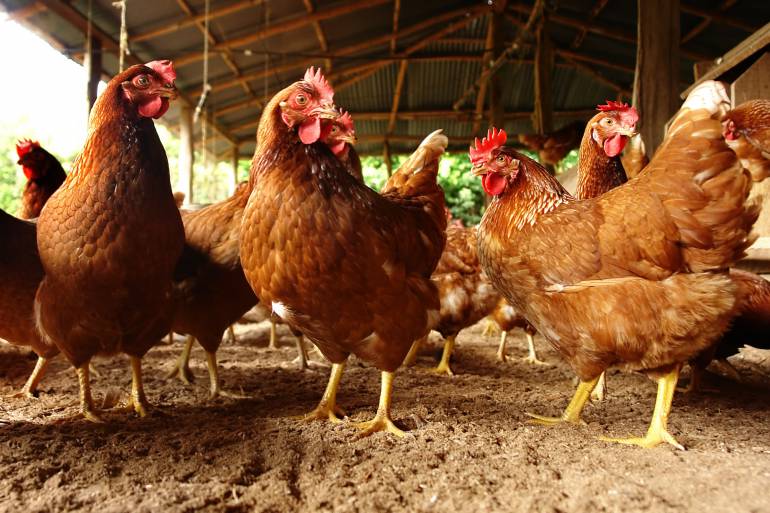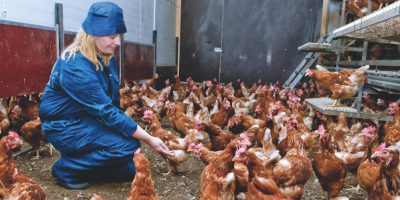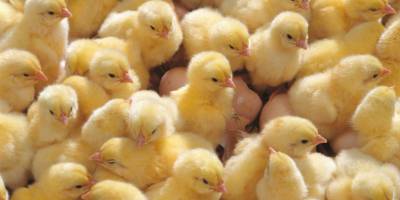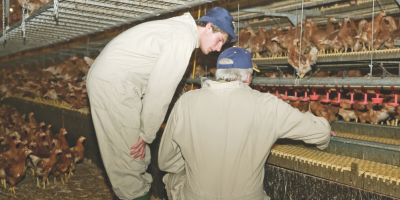A practical guide for poultry-oriented management
‘The equipment in the house is just a small part of keeping chickens. You are a far more important factor than you think.’
Not all poultry farmers maximise the full potential of their birds. This applies equally to laying hen farmers and broiler farmers. For a good performance during the production period, the house has to be equipped and managed correctly and efficiently.
Using Signals the birds give you
But how do you know that what you are doing is right? Your chickens continuously send out signals: about their health, how well they know their way around their surroundings and whether they feel happy and comfortable.
Do you recognise the signals your chickens are giving? And do you know what to do if, for example, there are too many floor-laid eggs or if the chicks are spilling too much feed? Do you know the difference between abnormal, runny droppings and healthy caecal droppings? And how do you recognise thirsty chickens when the flock has just been set up?
If you recognise the signs that point to potential problems, then make sure you are armed with information to take the appropriate steps to get your flock back on track. And the things you should take into account if switching from caged to free ranging birds. A lot can be achieved using ventilation, lighting and different routines. But to do so, you must know all the ins and outs of your own farm and be able to asses the impact these changes will have on your animals.
Poultry Signals® is a practical guide that shows you how to pick up the signals given by your animals at an early stage, how to interpret them and which action to take.
Practical approach: look-think-act
Poultry Signals is based on the look-think-act approach of the famous Poultry Signals© series. This approach challenges the user to understand the signals birds are giving, to act upon them and ensure maximum quality production. The Signals© concept is highly visual and based on three basic questions:
-
What do I see (hear, feel, smell, taste)? What’s the signal? (LOOK)
-
How did this happen? What’s the explanation? (THINK)
-
What am I supposed to do? Is it okay or should I take action? (ACT)
The management of poultry is not an exact science. If you only look at technical indicators (daily growth, feed and water use, floor eggs, etc.), you might miss important signals from your birds and their environment. The true art is learning to see, interpret and correctly respond to the signals you come across in practical situations. And that art can be mastered.




